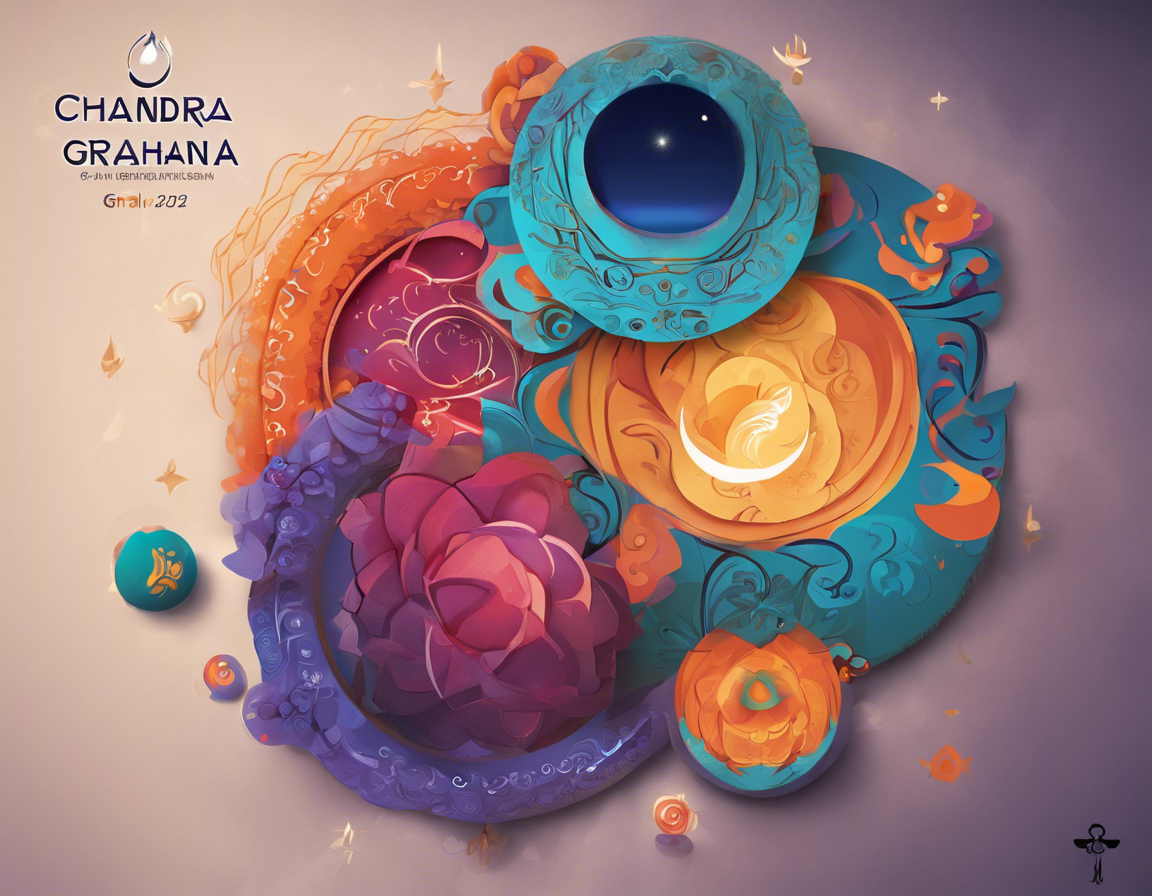Complete Guide to Chandra Grahan 2023 in India

Introduction
In the vast realm of celestial events, eclipses have always held a significant place, both astronomically and culturally. One such mesmerizing phenomenon is the Chandra Grahan, also known as a Lunar Eclipse. In the year 2023, India will witness not just one but two Chandra Grahans – with the first one occurring on 17th May and the second one on 11th November. This article will serve as a comprehensive guide to Chandra Grahan 2023 in India, covering its significance, types, timings, viewing tips, myths, and precautions to be taken.
What is Chandra Grahan?
The term ‘Chandra Grahan’ originated from Sanskrit, where ‘Chandra’ means Moon, and ‘Grahan’ means to seize or eclipse. A Chandra Grahan occurs when the Earth comes in between the Sun and the Moon, casting a shadow over the Moon. This alignment causes the Earth to block the sunlight falling on the Moon, leading to a partial or total eclipse.
Types of Chandra Grahan
-
Penumbral Lunar Eclipse: This occurs when the outer shadow of the Earth (penumbra) covers the Moon, resulting in a subtle darkening that is often hard to notice.
-
Partial Lunar Eclipse: In this type, a part of the Moon enters Earth’s umbral shadow, leading to a section of the Moon turning dark.
-
Total Lunar Eclipse: Considered the most captivating type, a total lunar eclipse happens when the entire Moon passes through the Earth’s umbra, giving it a reddish hue, popularly known as the ‘Blood Moon’.
-
Hybrid Lunar Eclipse: This is a rare occurrence where an eclipse is visible as a total eclipse from some places on Earth and as a partial eclipse from others.
Significance of Chandra Grahan
Various cultures and societies around the world attribute different meanings and significance to lunar eclipses. In Indian mythology, it is believed that during a lunar eclipse, negative energies are at their peak, and thus, it is essential to take precautions and perform rituals to maintain positivity.
Chandra Grahan 2023 Timings in India
The first Chandra Grahan of 2023 is set to occur on 17th May, with the penumbral eclipse starting at 01:03 AM, reaching its maximum at 03:52 AM, and ending at 06:41 AM (Indian Standard Time).
The second Chandra Grahan is scheduled for 11th November, commencing with the penumbral eclipse at 09:16 PM, reaching its peak at 10:34 PM, and concluding at 11:51 PM (Indian Standard Time).
Viewing Tips for Chandra Grahan
-
Find a Clear Viewing Spot: To witness the lunar eclipse clearly, it is crucial to find a location away from tall buildings and artificial lights.
-
Use Binoculars or Telescopes: Enhance your viewing experience by using binoculars or telescopes to get a closer look at the Moon during different stages of the eclipse.
-
Stay Updated: Keep track of the eclipse timings and stages to ensure you do not miss out on any significant moments.
Myths and Beliefs Surrounding Chandra Grahan
-
Negative Energy: Many believe that negative energies are heightened during a lunar eclipse, leading to potential harm if precautions are not taken.
-
Rituals and Precautions: It is advised in various cultures to avoid consuming food during an eclipse, meditate, and perform rituals to ward off negative influences.
Precautions During Chandra Grahan
-
Avoid Eating During Eclipse: It is a common belief that consuming food during an eclipse can have adverse effects on health. Hence, it is recommended to avoid eating during this time.
-
Stay Indoors: Some cultures suggest staying indoors during a lunar eclipse to avoid negative energies that are believed to be rampant during this period.
FAQs (Frequently Asked Questions)
-
Can we eat during a Lunar Eclipse?
It is recommended to avoid eating during a lunar eclipse as per traditional beliefs, but there is no scientific evidence to support any harm in doing so. -
Do Lunar Eclipses have any scientific significance?
Yes, Lunar Eclipses hold significant scientific importance as they provide astronomers with opportunities to study the Moon’s surface and composition. -
Are there any health risks associated with viewing a Lunar Eclipse?
There are no direct health risks related to viewing a Lunar Eclipse. It is safe to witness the event with the naked eye. -
Why does the Moon turn red during a Total Lunar Eclipse?
The red hue on the Moon during a Total Lunar Eclipse is due to sunlight passing through the Earth’s atmosphere and bending towards the Moon, causing it to appear red. -
Do animals behave differently during a Lunar Eclipse?
Some studies suggest that animals may exhibit unusual behavior during a Lunar Eclipse, possibly due to the change in lighting conditions.
In conclusion, witnessing a Chandra Grahan is not just an astronomical event but also a cultural experience filled with myths, beliefs, and rituals. Whether viewed with scientific curiosity or traditional reverence, the beauty of a Lunar Eclipse transcends boundaries, reminding us of the marvelous wonders of the cosmos.
